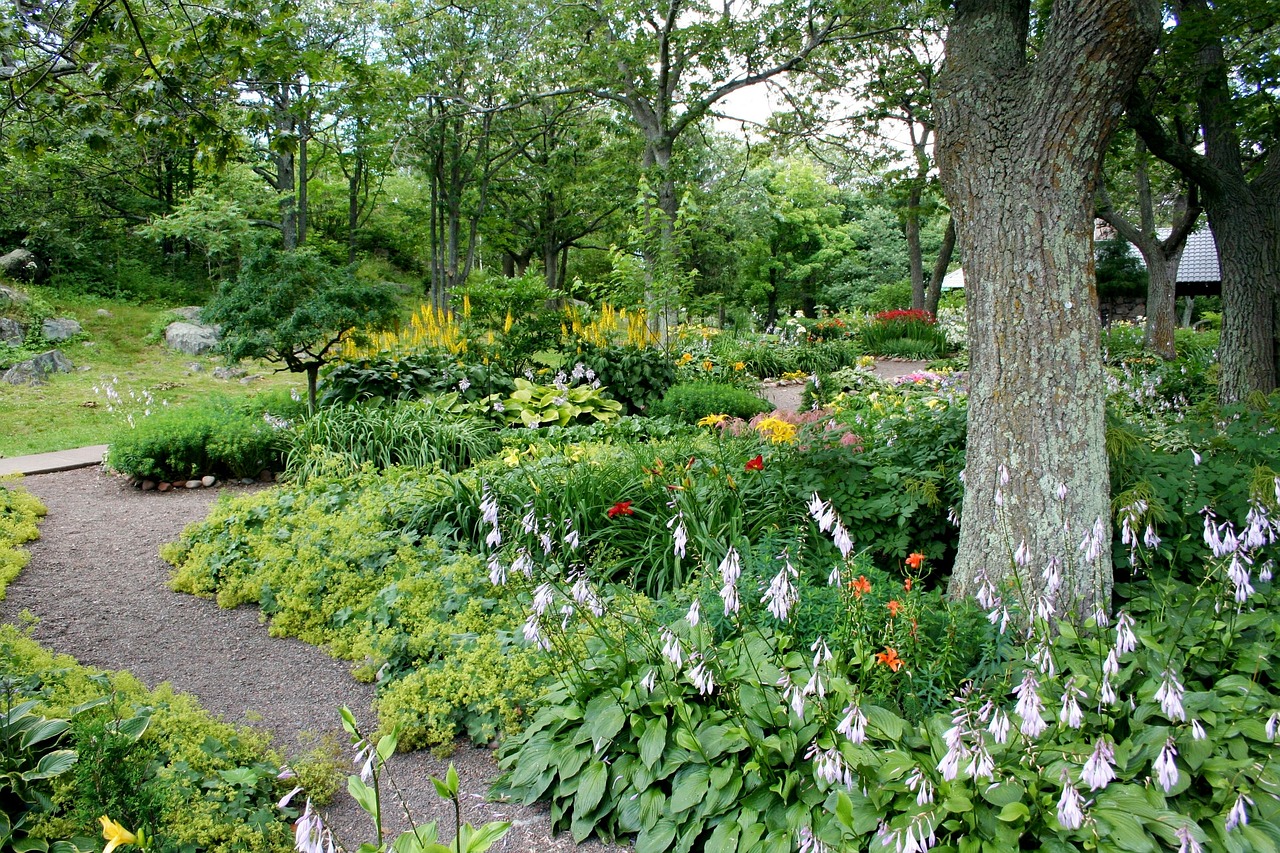Backyard Food Forest
A Guide to Sustainable Farming In Your Own Backyard
The backyard food forest is a growing trend in the world of sustainable agriculture. This innovative approach to food production allows individuals to grow their own fresh and healthy produce right in their own backyard. With a focus on using native and locally-sourced plants, backyard food forests offer a unique and delicious way to enjoy the bounty of the earth.
The idea behind the backyard food forest is to create a mini-ecosystem that mimics a natural forest. This is done by planting a variety of different trees, shrubs, and ground covers that work together to create a self-sustaining environment. The plants chosen for a backyard food forest are carefully selected based on their ability to provide food, shelter, and habitat for beneficial insects and wildlife.
One of the main benefits of backyard food forests is the reduced need for maintenance.

Unlike traditional vegetable gardens, which require a lot of time and effort to maintain, backyard food forests are designed to be low-maintenance and self-sustaining. The plants chosen for the food forest are selected based on their ability to grow and thrive in the local environment, reducing the need for fertilizers, pesticides, and other inputs.
Another important aspect of a backyard food forest is the focus on biodiversity. By planting a variety of different species, backyard food forests provide a habitat for a wide range of wildlife, including birds, insects, and other beneficial species. This helps to promote a healthy and balanced ecosystem, which in turn helps to support the growth and health of the food forest itself.
When it comes to choosing plants for a backyard food forest, there are several important factors to consider. First and foremost, it is important to choose plants that are native to the local area. This will help to ensure that the food forest will thrive and be easy to maintain.
Some of the most commonly used trees and shrubs in backyard food forests include:
- Fruit Trees – Apples, pears, peaches, plums, and cherries are just a few of the many fruit trees that can be used in a backyard food forest. These trees provide not only delicious fruit, but also provide shade and shelter for other plants and wildlife.
- Berry Bushes – Berries are an important part of the food forest, providing a source of food for both humans and wildlife. Some of the most popular berry bushes include strawberries, raspberries, blackberries, and blueberries.
- Nut Trees – Nuts are a great source of protein and can be used in a variety of different ways. Some of the most popular nut trees include walnuts, chestnuts, and hazelnuts.
- Herbaceous Plants – Herbs are an essential part of the food forest, providing not only flavor and fragrance, but also support for beneficial insects and wildlife. Some of the most commonly used herbs in backyard food forests include mint, basil, rosemary, and thyme.
- Ground Covers – Ground covers are important in a backyard food forest, helping to conserve moisture and prevent erosion. Some of the most popular ground covers include clover, comfrey, and yarrow.
In conclusion, a backyard food forest is a wonderful way to enjoy fresh and healthy food while also promoting sustainability and biodiversity. Whether you are an experienced farmer or a beginner, a backyard food forest is an excellent way to get started on the path to sustainable agriculture. With the right plants and a little bit of care, your backyard food forest will thrive, providing delicious food and a healthy environment for years to come.
Let’s talk about your project!
Our development team will be happy to get designing with you.
We asses your land, the future potential of perennial crops, etc.
Just contact us and we will see, if we can help.

More resources
Contact Us
ESSWALD
Supai-Ventures S.R.L.
Santa Maria del Cami
07320 Mallorca
Islas Baleares, SPAIN
(+34) 625 239 394
hello@esswald.com
